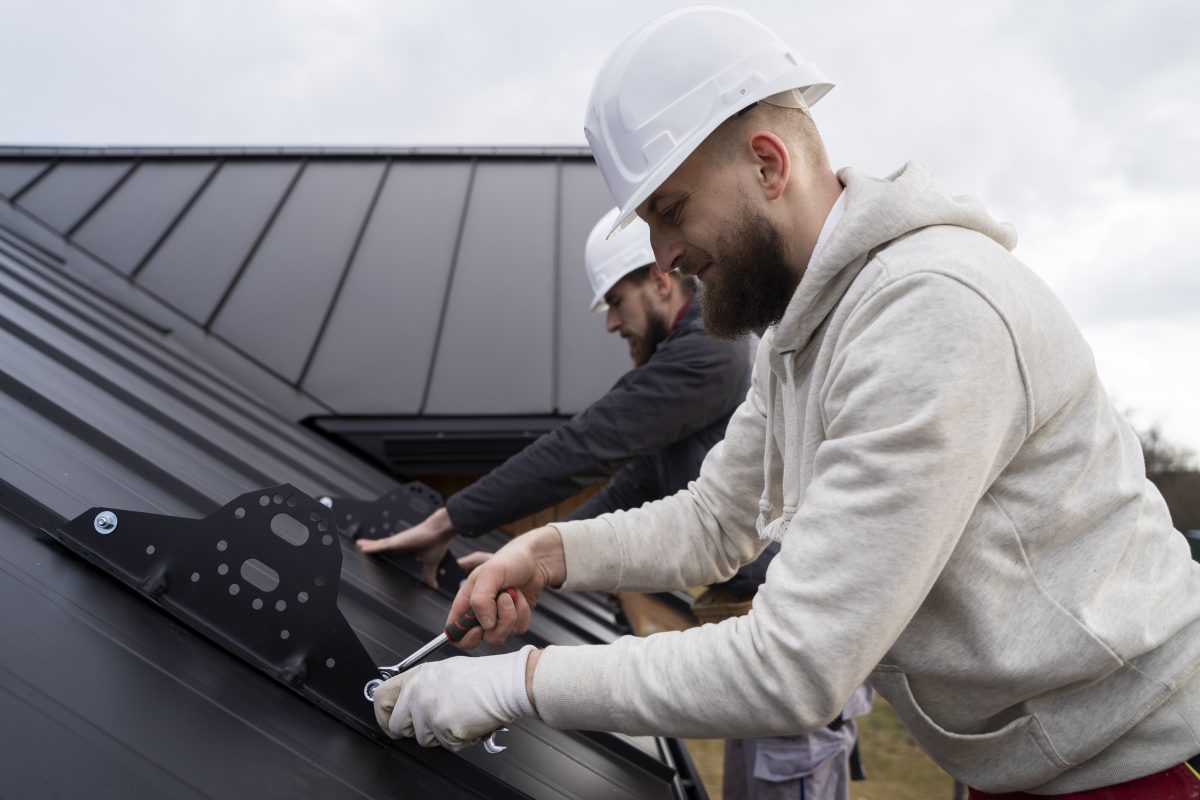Safety is one of the most important considerations for those in the construction industry. The wellbeing of workers on any construction site is more than just a moral obligation of the employer. However a legal requirement for a business to run. Among the range of safety measures that are employed by construction management teams, an edge guard will always stand out as a critical component for ensuring the prevention of falls.
Edge guards work to reduce the risk of accidents, and in this article we’re going to explore further into the key advantages of using edge guards, the factors that influence their adoption and the tech advancements that have enhanced their efficiency in the industry.
Enhancing Worker Safety with Edge Guards
When it comes to employee safety, edge guards play a critical role in reducing the risks of falls, particularly on elevated surfaces. Falls from a height are one of the leading causes of fatalities in the construction industry. Edge guards are the physical barriers that prevent workers from accidentally stepping off the edge of the site or slipping through openings. With a secure perimeter around the elevated working area. Edge guards reduce the likelihood of falls and other injuries.
Not only that, but edge guards create a safer working environment by delineating hazardous areas. Edge guards serve as a visual cue to help workers to be aware of possible dangers around them, encouraging them to exercise caution wherever they are. In higher traffic construction sites, multiple activities occur at the same time. Therefore edge guards can be effective in segregating those risk zones. This ensures that workers and the equipment in use operate in their designated safe areas.
Compliance with Industry Regulations and Edge Guard
Construction safety is dependent on sites and employers complying with industry regulations. Regulatory bodies like the Health and Safety Executive (HSE) mandate the use of fall protection systems. Without those mandates, construction sites would not be as safe and wouldn’t be effectively safeguarding their workers on those sites. With the implementation of edge guards, a construction company can demonstrate its commitment to regulatory adherence and avoid legal complications and possible fines.
The presence of edge guards also facilitates regular safety audits and inspections. Through prioritising safety and shows that employers have implemented necessary measures to protect their teams. This is a proactive approach and fosters a culture of safety.
Key Advantages of Edge Guard
There are several key advantages of edge guards in the construction industry and these include:
Fall prevention
However the biggest and most important benefit of edge guards is that they are there to prevent falls from height. They offer a sturdy barrier along the edges of construction zones and openings, minimising the risks of high falls which ensures worker safety.
Accident risk reduction
Furthermore, edge guards also help to reduce the risk of accidents overall on construction sites. By clearly marking hazardous areas, edge guards encourage vigilance and caution which lowers the likelihood of injuries and mishaps.
Safeguarding workers
Moreover, edge guards aim to protect workers from dangers associated with elevated surfaces and this is crucial in tasks that require working near the edge of a scaffold or roof.
Easy to install
Conveniently, Modern edge guards are designed to be quickly and easily installed, which allows for quick removal and deployment where necessary.
Durable
Evidently, they’re usually made with robust materials, which ensures durability and long-term effectiveness. This makes them suited for use in a variety of construction settings.
Cost-effective
Investing in edge guards isn’t just about compliance, but it can lead to huge cost savings in the long run which is necessary for accident prevention. Construction companies can then avoid medical expenses, compensation claims and project downtime.
Technological Advancements and Innovative Features
There have been several advancements in construction technology in recent years that are all designed to improve the efficiency and reliability of edge guards. Modular edge guard systems allow for easy scalability and configuration and have become more popular recently. These are systems that can be adjusted to fit different lengths of edges and shapes, too.
Another advancement worth noting is the integration of edge guards with smart technology. Some are equipped with alarms and systems that detect possible falls and alert workers in real time. This is a proactive approach to on-site safety as they can provide immediate feedback that prevents accidents before they happen. The use of lightweight and durable materials in edge guard manufacturing has also improved their handling and portability. This is an advancement that enables quicker installation and repositioning, which makes it easier for construction teams to maintain a safer working environment.
Contact Rapid Height Safety






